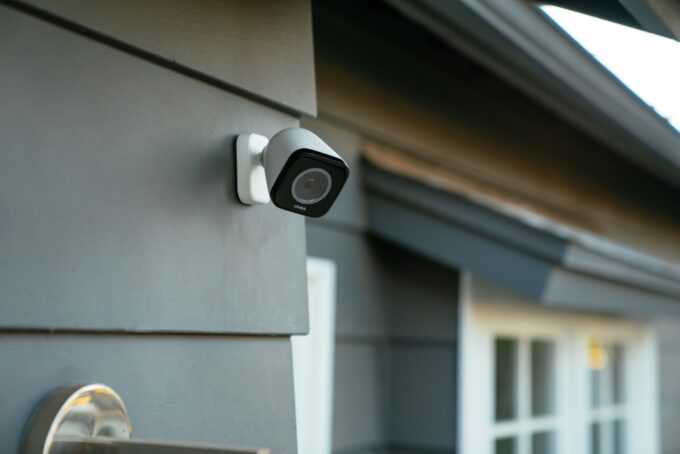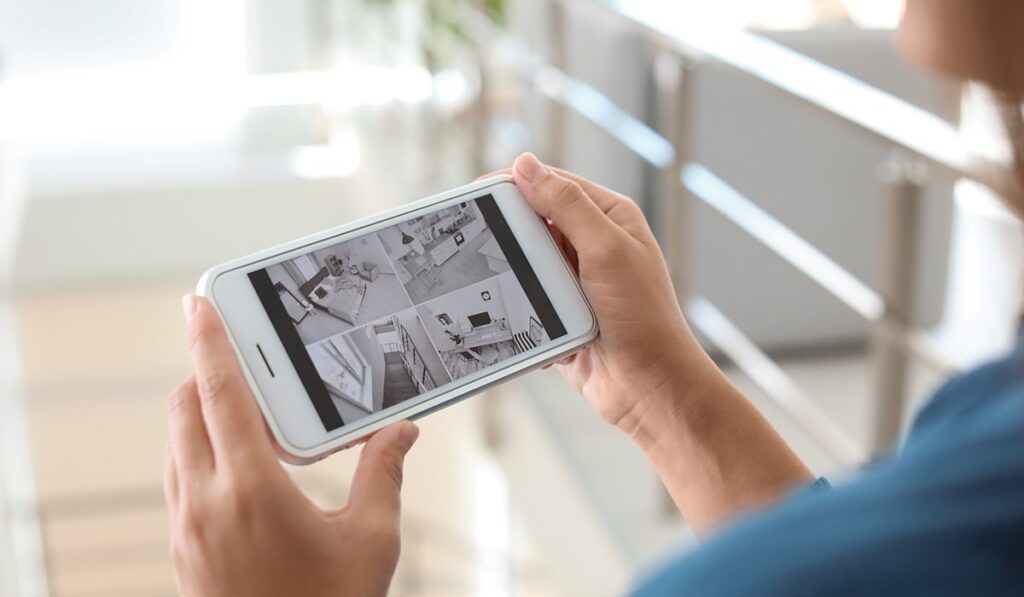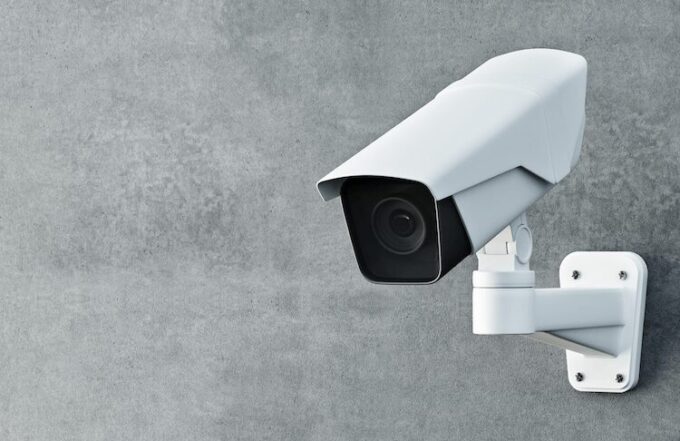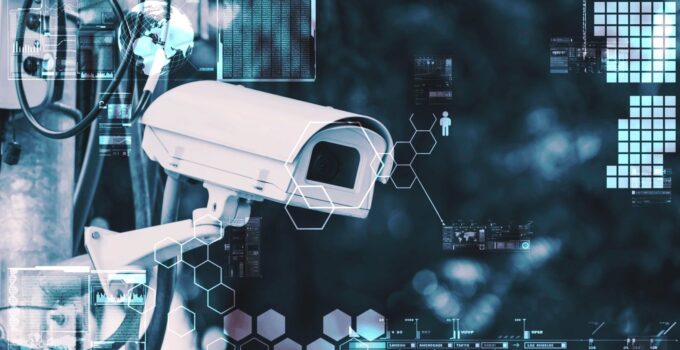Nowadays, security cameras have become more popular than ever before. It can also be attributed to the common access and availability of faster internet speeds. Security cameras and video surveillance play a leading role in safeguarding against theft and robbery as they allow you to monitor all sorts of activities and make your home a safer place. Indeed, burglars would not gather the guts to commit a theft or crime when they know they are being watched. This is how the mere presence of security cameras can deter burglars. Robbers are also well aware of the fact that the footage being recorded by the security cameras in the house can be used to catch them and act as part of the evidence in the court. Therefore, installing security cameras at the entry and exit points in itself can have a lot of benefits for you.
Wired security cameras can be a bit difficult to install, but they are usually more reliable. They are a preferable choice for homeowners who do not want to move the cameras from one place to another. The best part about them is that you do not have to recharge the batteries. Wireless cameras, on the other hand, are comparatively easier to install and set up but they do run out of battery quicker. However, one thing which remains common between the two is that they require access to a consistently reliable and high-speed internet connection to make remote viewing possible. Click here to find out some of the best internet plans that can ensure fast and more sustainable connectivity. Let us talk more about it below.
Types of Home Security Cameras

Source: vivint.com
There are mainly three types of home security cameras that include the following:
-
Wired Cameras
Wired cameras are connected through a wire to both the internet and the power source.
-
Wireless Cameras
Wireless cameras require a power cord but they do not need a wire to be connected to the internet. The videos are uploaded to the cloud or a local storage drive.
-
Wire-Free Cameras
Wire-free cameras do not require any wires at all. They come with rechargeable batteries and the video is uploaded to local storage or cloud.
What are the Required Upload Speeds for Remote Viewing?
It is a fact that better upload speeds of an internet connection play a critical role when it comes to video quality. Each security camera installed will consume a certain amount of data that is generally referred to as bitrate. The bitrate used by each camera is controlled by its Encoding settings.
An upload speed of 5 Mbps can be assumed as a minimum standard for making remote viewing of security cameras a possibility. You can easily view a lower resolution video if your internet upload speed is around 5 Mbps.
However, if you want a seamless remote viewing experience, then an upload speed of nearly 100 Mbps will be needed. If your internet connection offers 10 Mbps of upload speed, you can still experience a lag-free and considerable remote viewing. You will not likely suffer from blurry or lagging video when sub-streaming up to 16 channel systems if your internet upload speed is up to 10 Mbps. The higher the upload speed, the better the video quality and resolution when viewing the security camera feed.
How Fast Should be the Download Speed for Remote Viewing?

Source: gensecurity.com
There are multiple factors involved when it comes to determining the suitable download speeds of the internet connection you choose for your security cameras or systems to operate properly. The resolution of recording, compression, number of security cameras installed around the house, and frame per second are some of the primary factors that must be considered. So, when selecting the internet connection, go for faster upload and download speeds in general. Cable internet or fiber internet are good options to consider. If you have a fiber internet connection, you can enjoy symmetrically faster upload and download speeds.
Why does Internet Speed Matter for Security Cameras?
The internet connection speed and type have a central role when it comes to the device on which the surveillance system is accessed. A slower download speed on the laptop or mobile will hinder a smooth remote viewing. A reliable and faster Wi-Fi connection is recommended and works well for security cameras. You can avoid lags and jumpy videos with a good Wi-Fi connection.
It is also a good idea to set up push notifications or alerts. That way, you will not have to constantly watch the security system. Once you receive an email alert or push notification on your smartphone, you will know that something is wrong and can instantly check the security system to find out the cause of the disturbance. You do not even have to bother viewing the entire footage since the email alert usually has the specific time and date of the event mentioned. You do not need to guess as you can review the vent directly using this information.
Why is Bandwidth Important?

Source: expertmarket.co.uk
The bandwidth you require for the seamless functioning of your security cameras depends on the setup. How many cameras have you installed? The greater the number of cameras and the higher the resolution you want, the more bandwidth it will use. If your security cameras need continuous recording, have to deal with greater image complexity, and have higher storage time, then the bandwidth requirement will shoot up accordingly.
The Bottom Line
By using the aforementioned information regarding the suitable internet type, upload speed, and download speed required for the smooth functioning of security cameras, you can make the most out of their benefits and keep your home protected.
You cannot only safeguard your valuable belongings but also enjoy the peace of mind of knowing your home is under constant monitoring and safe from any robbery threats even when you are away. Finding the right internet connection can create a clear difference when it comes to a seamless remote viewing experience and enjoying the maximum benefits of the home security cameras.







